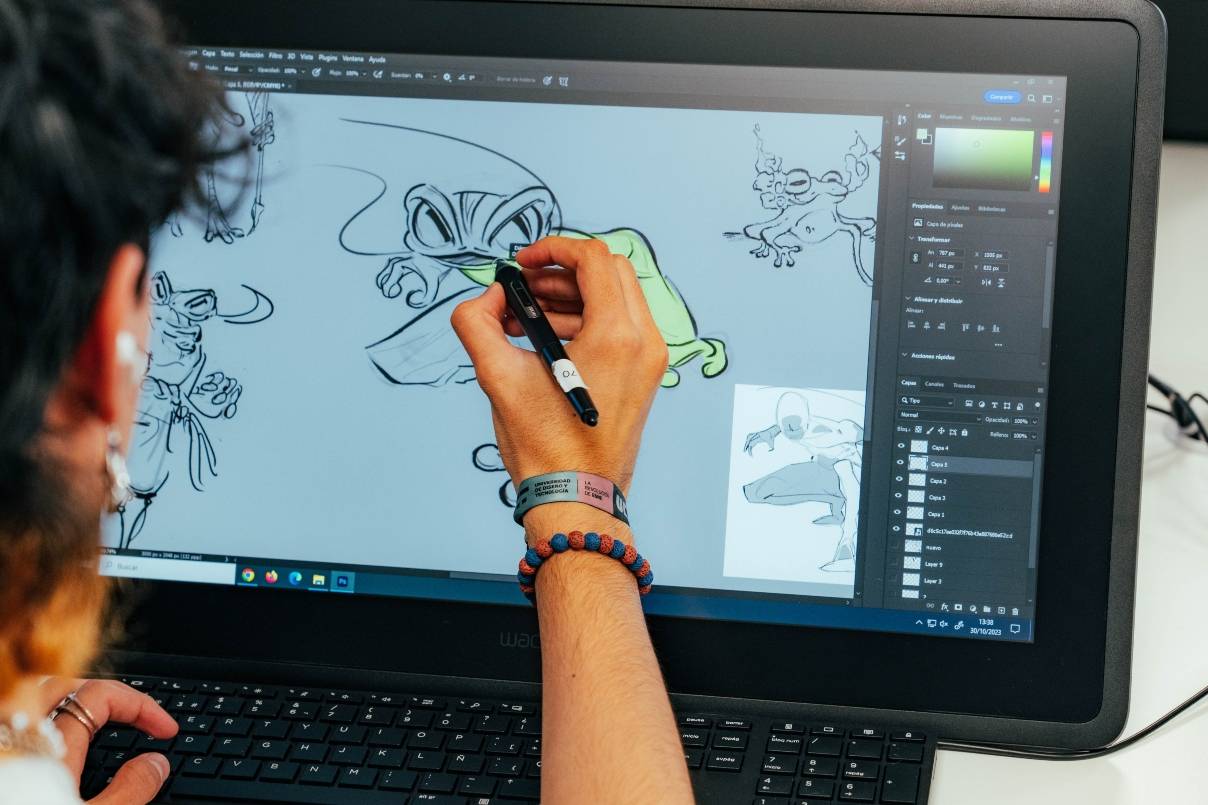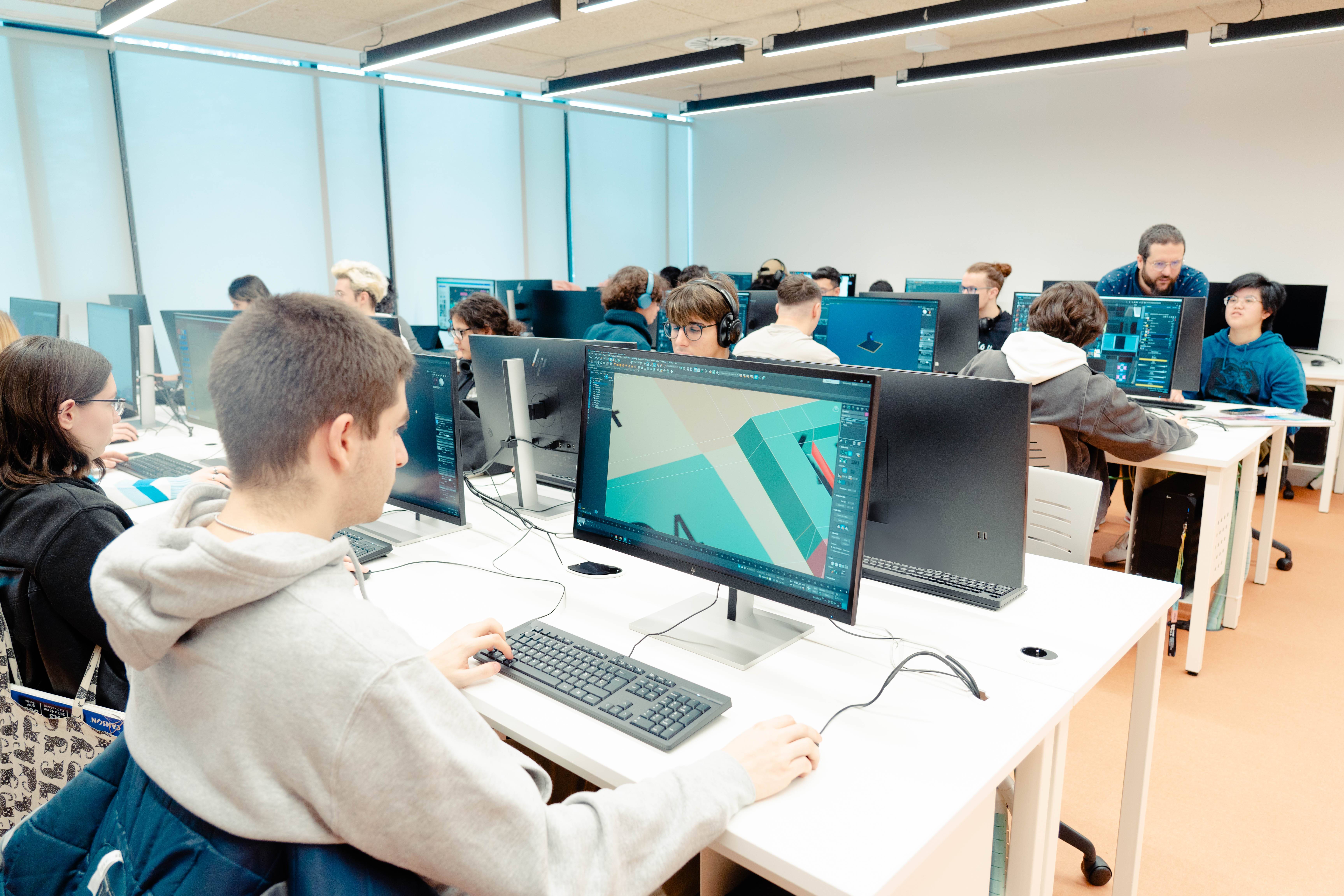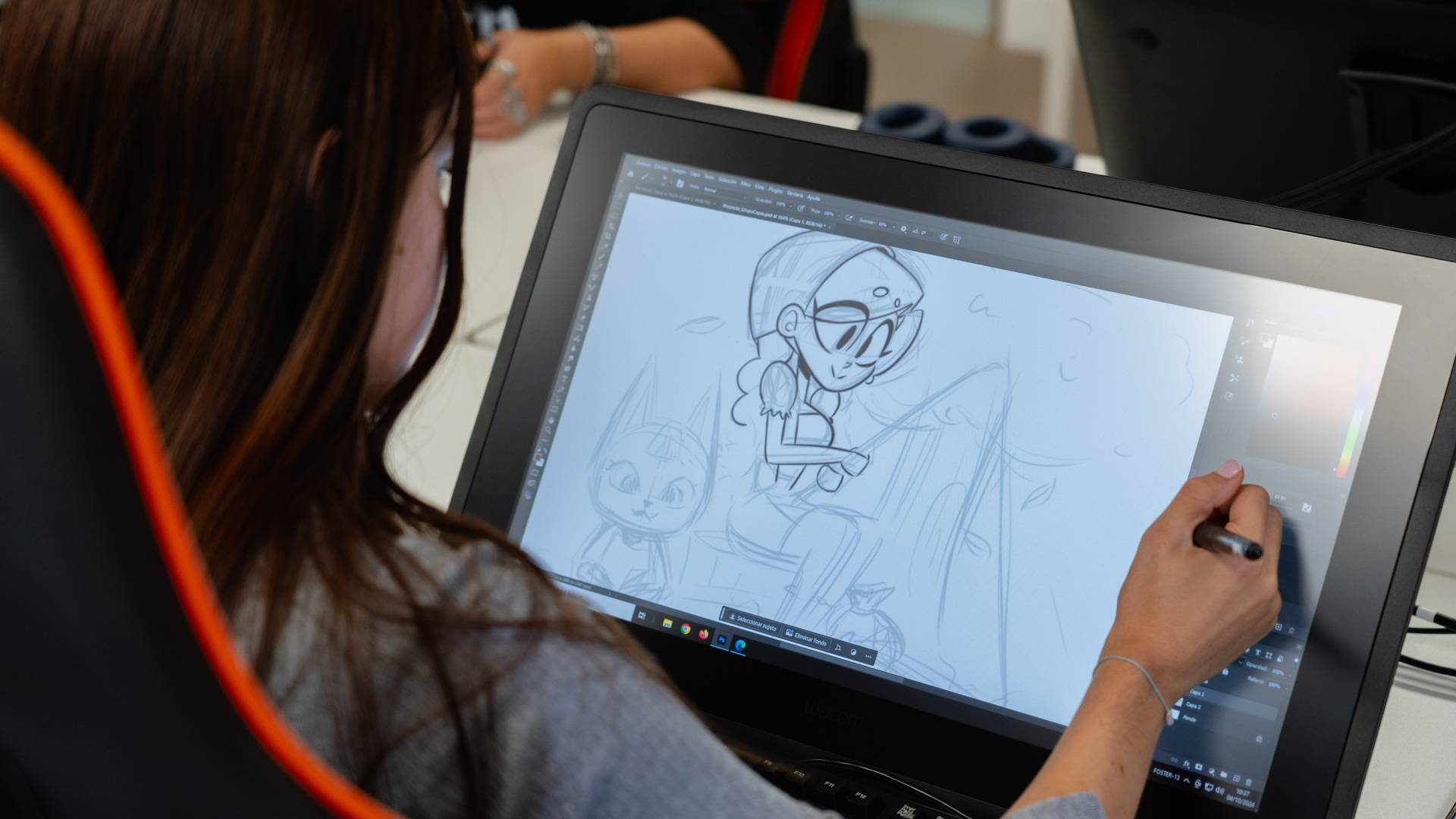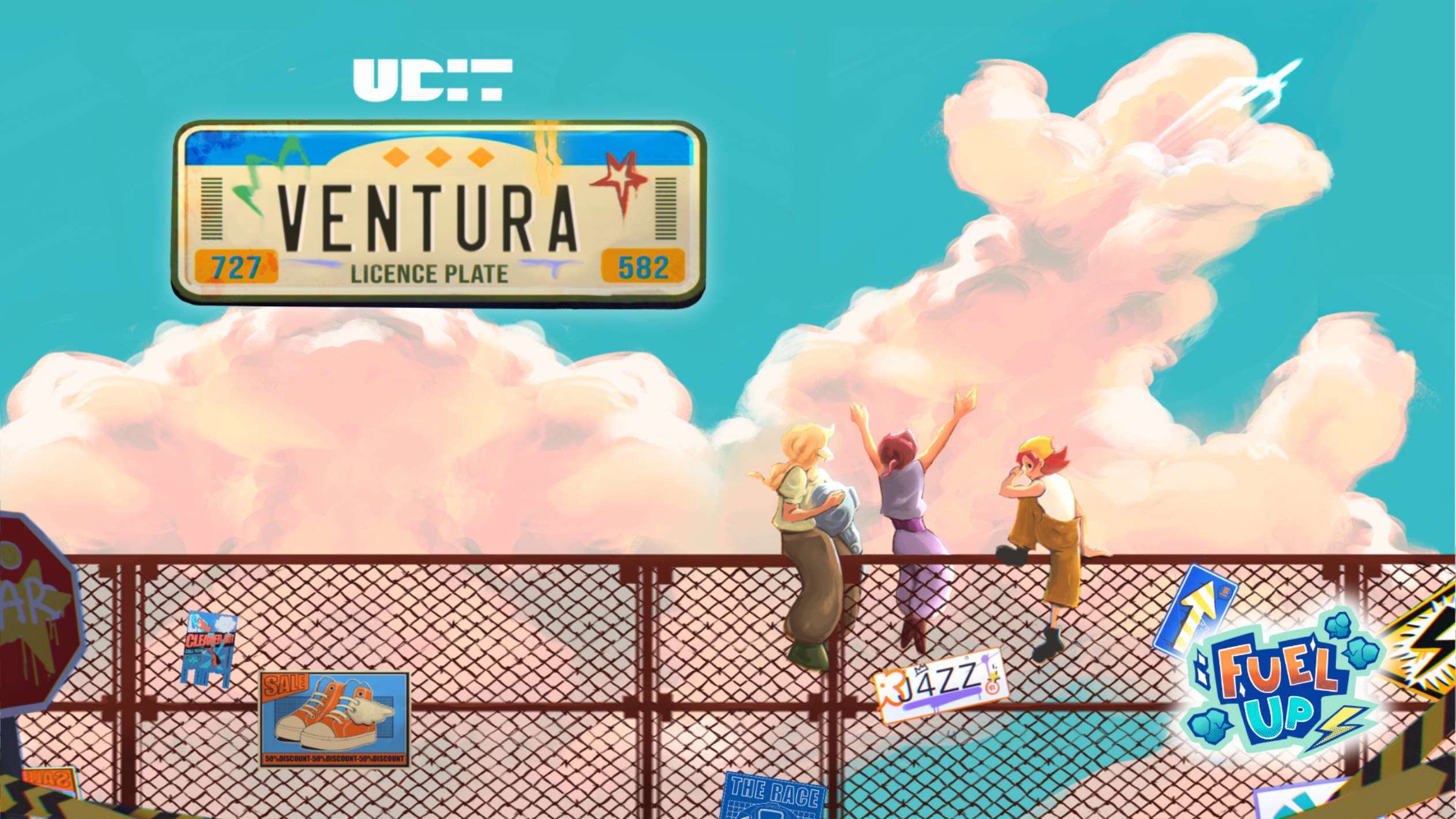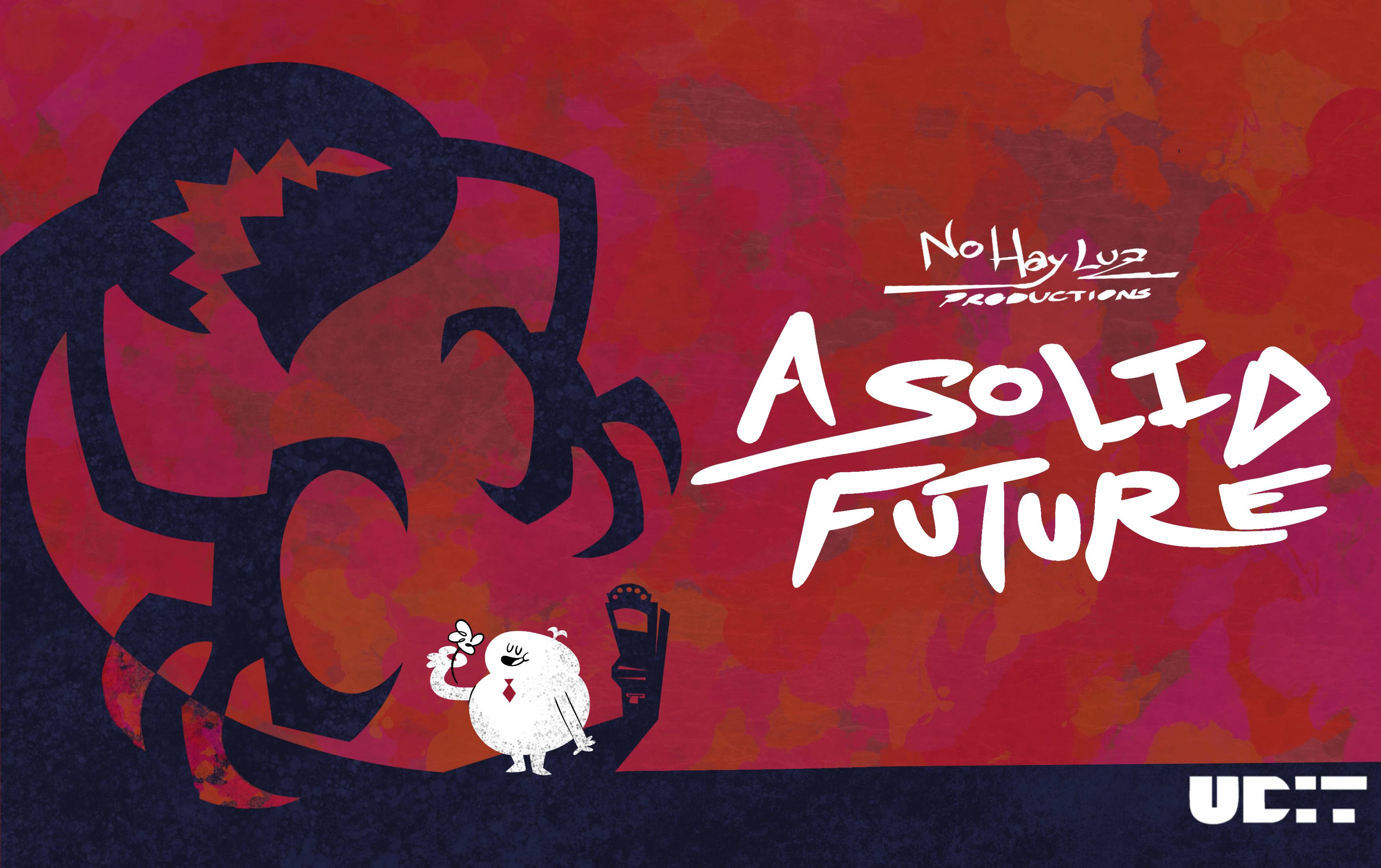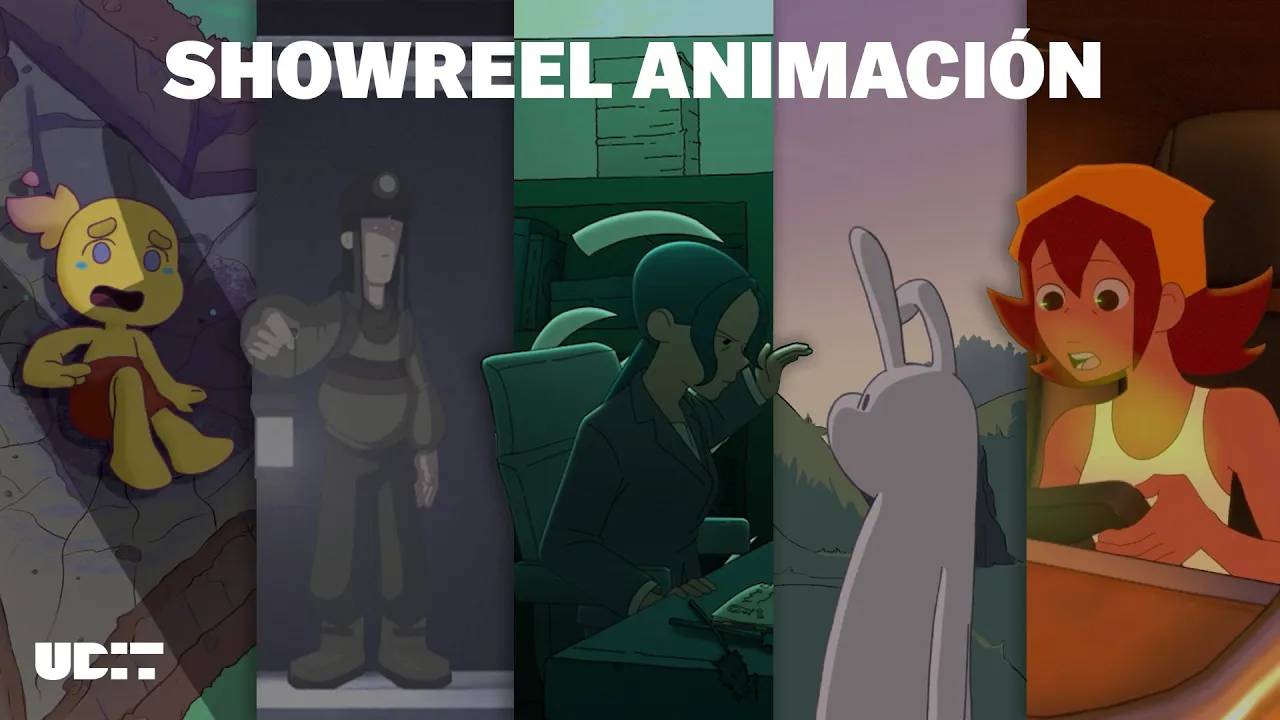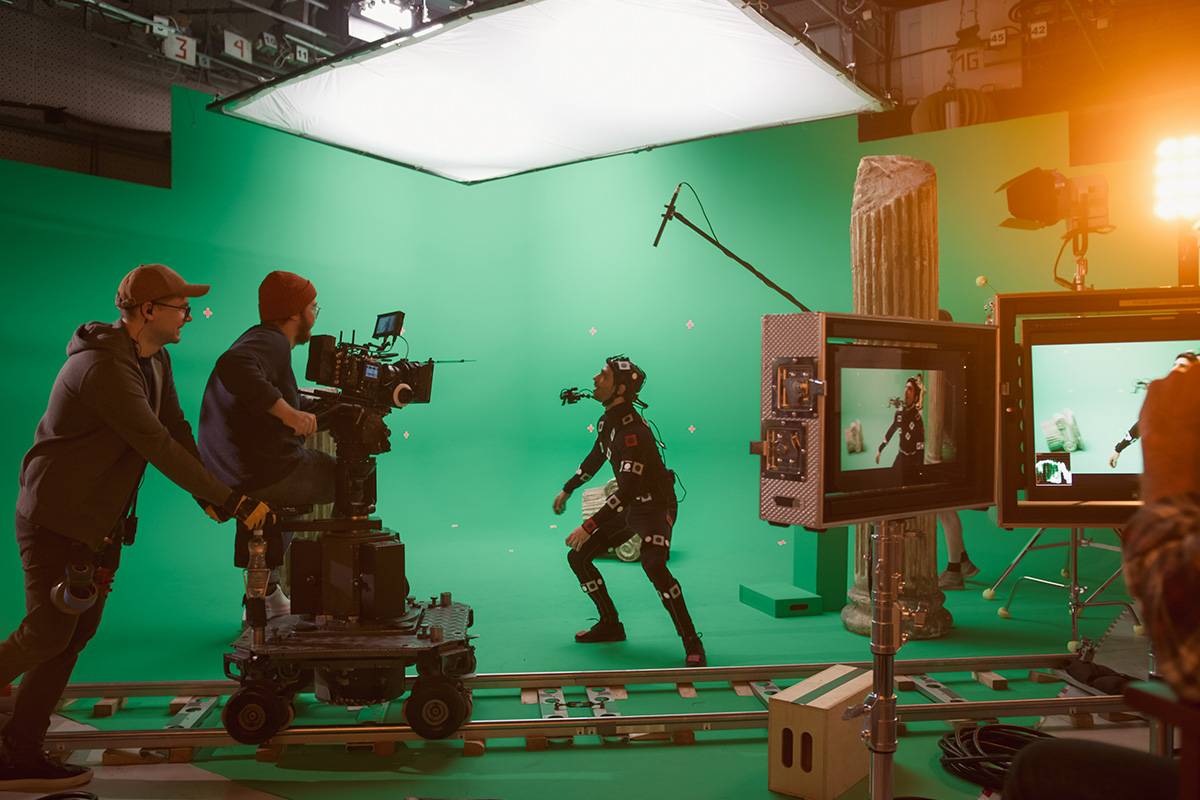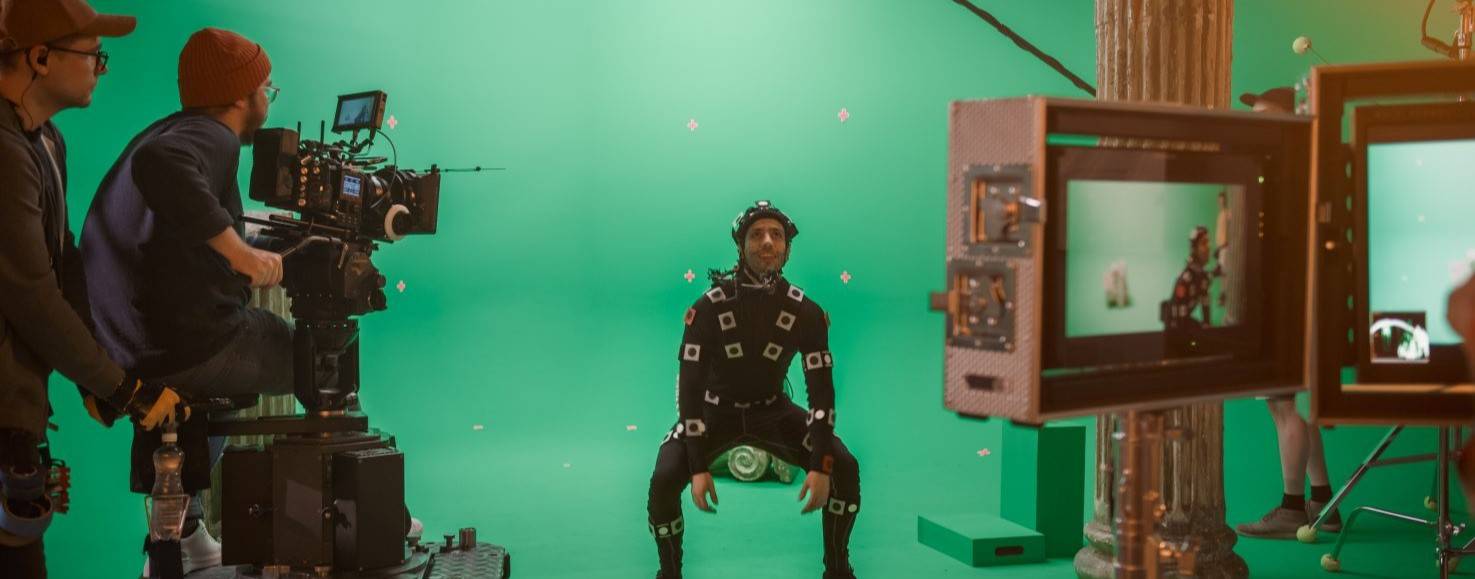7 reasons why you should study 2D and 3D animation
2D and 3D animation are two fundamental techniques in the world of film, television, video games and digital media, allowing the creation of everything from simple cartoons to complex, realistic simulations. Although both share the goal of bringing characters and stories to life, they use different methods and technologies, each with their own advantages and unique characteristics. In this post we are going to discover what 2D and 3D animation is and how UDIT 's Bachelor's Degree in Animation will help you become a professional in this field.
What is 2D and 3D animation?
2D animation, also known as two-dimensional animation, is a classic technique that has evolved since the beginnings of cinema. It is based on the creation of images and characters in a two-dimensional environment, where only the height and width are taken into account. Traditionally, this animation was done by drawing each frame by hand, which required extensive and meticulous work to give the illusion of movement. With the advancement of technology, 2D animation has incorporated digital tools that facilitate design, colouring and animation, allowing animators to produce more complex and detailed effects more efficiently. On the other hand, 3D animation, or three-dimensional animation, adds an additional dimension to the equation: depth. This makes it possible to create characters and environments that look much more realistic and volumetric. 3D animation is done using specialised software that allows objects and figures to be modelled in three-dimensional space, animated and given textures and lighting that simulate real-world behaviour. This technique has revolutionised cinema, television and video games, offering an immersion and visual quality that was previously unthinkable. One of the main differences between 2D and 3D animation is the learning curve and the production process. While 2D animation may be more accessible to beginners due to its more direct and less technical approach, 3D animation requires in-depth knowledge of complex software, as well as an understanding of modelling, lighting and texturing principles. However, both forms of animation require a solid grounding in art and design, as well as an understanding of the principles of movement and expression to create compelling works. Today, both 2D and 3D animation have their place in the industry, each chosen for their unique strengths depending on the project. While 2D animation remains popular in television series, short films, advertising and educational applications because of its distinctive style and ability to effectively convey emotion, 3D animation is preferred in the production of big budget films, video games and simulations because of its realism and versatility. In short, 2D and 3D animation are two sides of the same coin, offering creators a range of possibilities for telling stories and creating worlds. Both require a high level of skill, creativity and dedication, and together, they continue to push the boundaries of what is possible in art and entertainment.
Adventure Time, project by UDIT XX student
Project by Nerea Robles, UDIT student
7 reasons to study 2D and 3D animation
Studying 2D and 3Danimation is a decision that can open up a range of opportunities both personally and professionally. Here are seven reasons why you should consider entering this fascinating world:
- Career opportunities: The skills acquired allow you to work in various roles such as 2D and 3D animator, 3D modeller, digital graphic designer, among others. Graduates can join a variety of sectors, including telecommunications companies, film and entertainment production companies, audiovisual production agencies, and more, demonstrating the versatility of the applications of this training.
- A growing industry: The animation industry has experienced remarkable growth, standing out in the international arena. According to the White Paper on the Spanish Animation and Visual Effects Industry, in 2017, animation companies in Spain generated revenues of 654 million euros, placing Spain as the fifth largest producer in the world and second in Europe of animated feature films. This sector encompasses the production of content for various platforms such as television, cinema, mobile devices and digital channels, with a notable 60% of production destined for export to Europe and North America, leading to a significant increase in the recruitment of professionals in the sector.
- Opportunities in new broadcasting channels: The evolution of the media has favoured the expansion of animation beyond cinema and traditional television. Specialised channels for children's audiences and streaming platforms have become crucial for the distribution of animated content. Animation represents a significant portion of the content on these platforms, evidencing the demand and ongoing interest in this type of productions.
- Creativity without limits: Animation allows you to bring to life any idea you can imagine. You are not limited by the constraints of the real world, which means you can create completely unique characters, worlds and stories. This is an unparalleled creative outlet that encourages innovation and self-expression.
- Developing technical and artistic skills: Studying animation allows you to develop both your technical and artistic side. You will learn about specialised software, modelling techniques, rigging, texturing, and at the same time, improve your drawing, compositing and storytelling skills. This combination of skills is highly valued in many professional areas.
- Spain at the forefront of the animation industry. The international presence of the Spanish animation industry is growing stronger and stronger, making the country a leading host for a series of annual events and festivals. These gatherings bring together companies and experts in the field, functioning as essential platforms for the promotion of animated films and shorts. Among the most notorious festivals are Animac, Animayo, Mundos Digitales and 3D Wire Fest. On the other hand, renowned events organised by the European Cartoon Animation Film Association, such as Cartoon 360, Cartoon Digital and Cartoon Business, also come to life under this growing interest and global recognition.
- Rising demand: In the digital age, the demand for animated content has never been higher. From films and series to video games and educational applications, professionals capable of creating 2D and 3D animation are in constant demand. Learning these skills puts you in a favourable position in the job market.
Study animation at UDIT
Studying animation, whether 2D or 3D, opens up a world of creative and professional possibilities, allowing students not only to unleash their imagination, but also to acquire a wide range of technical and artistic skills. In an increasingly digital world, the demand for animated content is growing exponentially, ranging from entertainment to education and advertising. Mastering animation offers the opportunity to participate in the creation of films, video games, mobile apps, and more, providing a versatile and constantly evolving career. In addition, studying animation fosters critical thinking, problem solving and teamwork, valuable skills in any professional field. In short, studying animation is a gateway to a vibrant and growing industry, ideal for those passionate about telling stories, creating imaginary worlds and bringing their ideas to life. At UDIT we help you make your dreams come true and become an animation professional with our Bachelor of Animation. The soul of our university lies in our students: innovators and creators by nature. In a unique environment, we promote collaboration, individual attention and active participation in both national and international competitions. As a result, both our institution and our students have been recognised at numerous prestigious events around the world. A clear example is the National Prize for Innovation and Design awarded by the Ministry of Science and Innovation, a distinction that honours us as the only university to receive this recognition. Throughout your academic training, we will provide you with access to the most advanced tools so that you can use technology in innovative and creative ways, opening up new possibilities and challenging established standards. You will have the opportunity to master the essential knowledge and skills to incorporate the latest developments in artificial intelligence into your creative practice, through our specialised programmes in applied artificial intelligence.

